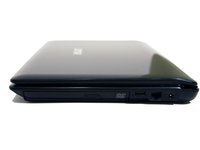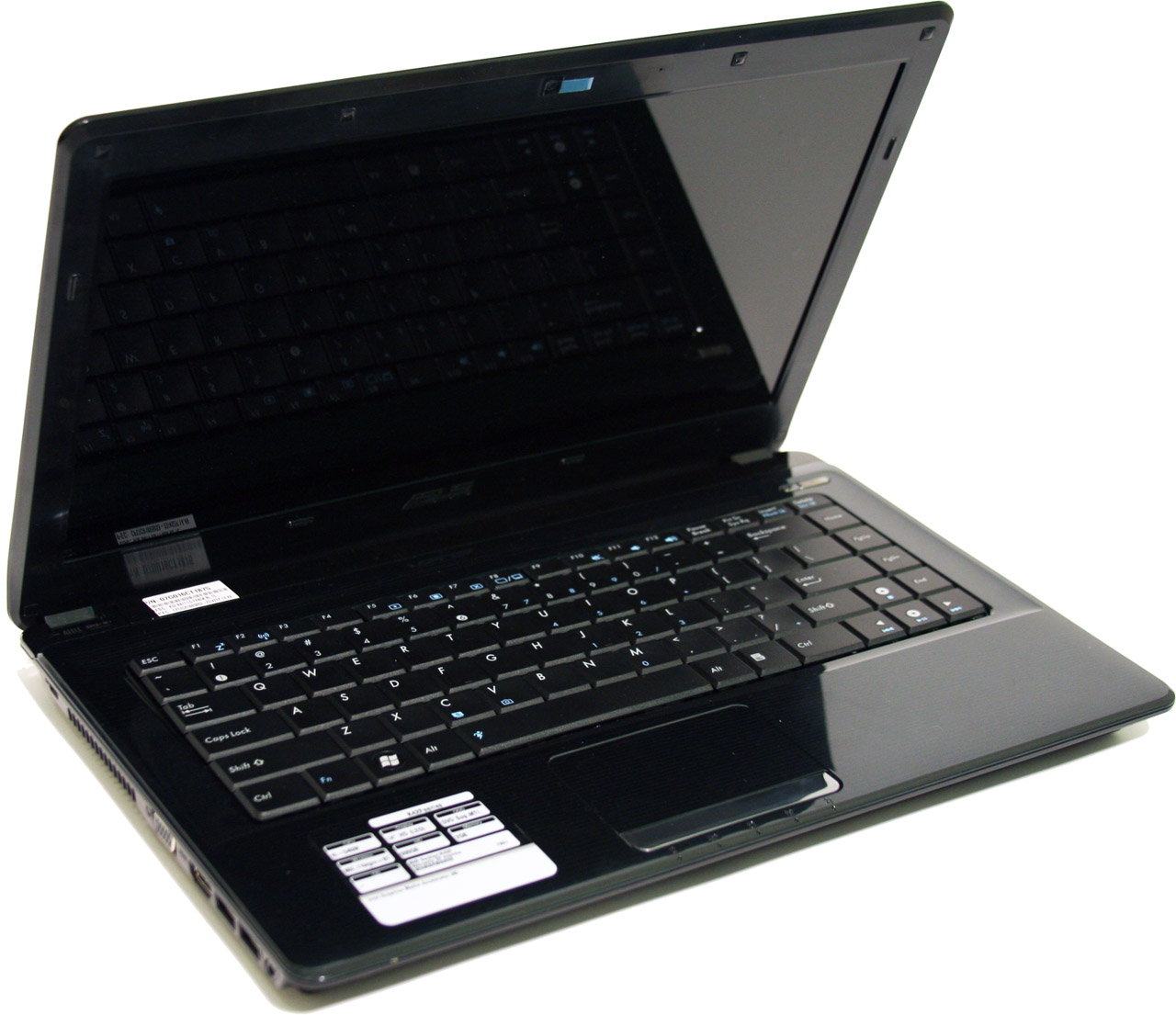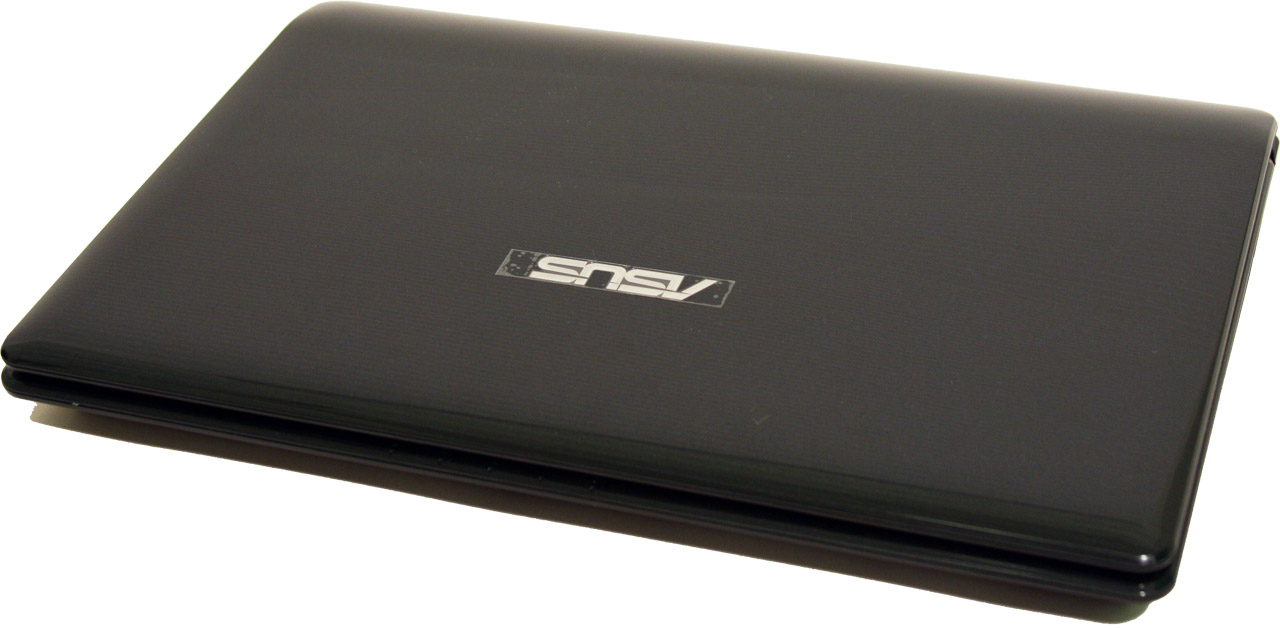Intel’s Mobile Core i5 And Core i3: Arrandale Is For The Rest Of Us
Asus' K42F Calpella-Based Notebook
The first notebook to breeze through our lab based on the Calpella platform was Eurocom’s Cougar, which employed the Mobile Core i7-920XM. At the time, Clarksfield was the only processor design available for Calpella. It’s hardly a surprise, then, that the previous-generation Montevina collection of 4-series chipsets, Core 2 CPUs, and WiFi Link wireless networking controllers is still most prevalent when you go shopping for notebooks. Expect that to change now that Intel is adding its 5-series chipsets, Arrandale-based Mobile Core i5 and Mobile Core i3 processors, and Centrino-branded wireless modules.
As part of our launch coverage, we have the first Calpella notebook with all of these new components: Asus’ K42F. The pre-production configuration we received isn’t exactly representative of what you’ll find at e-tail though, so let’s go through what is and what isn’t included with this promising-looking notebook.
Asus is purportedly planning to launch a range of these SKUs with a number of different Core i3, Core i5, and Core i7 processor options in Q1. This one, slated to cost $999, is spec’ed out for a Core i5-520M CPU, 4GB of DDR3 memory, a 320GB 5,400 RPM mechanical hard drive, a BD-ROM drive, 802.11n wireless, and an eight-cell battery. You’ll get Windows 7 Home Premium bundled, too.
Our sample shipped with a Core i5-540M, which is really an almost-negligible step up that maintains a 35W TDP, but pushes the CPU’s base frequency to 2.53 GHz and its maximum Turbo’ed clock to 3.06 GHz. You’ll see why this is a welcome upgrade when it comes time to stack this notebook up against a competing Montevina machine.
We also received our sample with a 500GB 5,400 RPM hard drive—slightly larger than the stock 320GB disk. This didn’t really matter in our testing, though, because we substituted in our own second-generation Intel 160GB SSD to alleviate storage bottlenecks. The 500GB drive was useful for conducting MobileMark 2007 testing on clean copies of Windows 7, but that’s really the only time we went with mechanical storage.
The only other change, Windows 7 Ultimate (versus Windows 7 Home Premium) is simply what we’ve standardized as our testing OS in the lab, and has no real effect on performance.
Up Close And Personal
Get Tom's Hardware's best news and in-depth reviews, straight to your inbox.
So let’s take a look at the Calpella-based notebook enabled by Intel’s Arrandale processor and 5-series chipset.
It’s significantly smaller than Eurocom’s Cougar mobile workstation, with its 14” 1366x768 display, naturally. Nevertheless, a full-sized keyboard ensures you that this isn’t some flimsy sub-compact. We’ll withhold judgment on the chassis itself, given its pre-production status. However, one aspect that likely won’t be changed between now and production is the extremely pressure-sensitive DVD multi-recorder drive, which had a habit of popping out at the slightest nudge.


With that said, the K42F is lined with a number of useful ports and connectors. The left side of the notebook sports a pair of USB 2.0 ports, HDMI output, VGA output, and a 1/8” jack for connecting headphones.The HDMI is a nice tough for those who want to use their notebook in a home theater environment.
There’s a media card reader dead-center under the notebook’s front lip, but otherwise nothing else aside from a pair of vents.
The system’s right side hosts its optical drive (in our case, a multi-function BD-ROM, included with the standard configuration from Asus), another USB 2.0 port, gigabit Ethernet, and the DC power input.
Because the notebook is technically what most folks would consider a thin-and-light, it’s designed for compactness. Most of its back side is populated by battery and swivel; there aren’t any connectors back there.
Current page: Asus' K42F Calpella-Based Notebook
Prev Page Mobile Chipsets, Refreshed Next Page Test Setups And Software-
burnley14 Well played, Intel. You've been knocking it out of the park lately, keep up the good work.Reply -
I'm looking forward to getting an HP laptop with the Arrandale Core i5 processor in the near future.Reply
-
It's going to be interesting to see the performance/battery time of the LM and UM processors as I'm in the market for a thin-and-light myself.Reply
Performance is good but I'm hoping for a viable update to the CULV offerings of yesterday. -
Computer_Lots Looks like there are finally some replacements for the Atom, at least in efficiency anyway. Too bad the price is currently too high for the UM versions of these processors to make their way into netbooks. I would guess that even the i5-520UM would destroy the Atom in every benchmark, except maybe power consumption.Reply -
HansVonOhain C2D was one of the longest living platforms. But newer tech will replace slower processors.Reply
Keep it up intel. I do hope that AMD will release some new chips that will be able to compete with intel offerings. -
jasperjones ^^^ true that. arrandale will further diminish AMD's role in the mobile processor market. and there's nothing coming up before may.Reply -
Luscious Chris, the dv4 series from HP has a 12-cell extended battery available as well rated for 94Wh 2.2A. Once HP makes the transition to Arrandale, all else being same, you can expect the dv4 to hit 8-10 hours easy.Reply -
cangelini Thanks for the tip Lucious. I didn't have the higher-capacity battery available to test, but I'd absolutely love to see 8-10 hrs. real-world from an Arrandale-based machine.Reply -
Reynod Good bye NVidia ...Reply
That chops them completely out of the mobile graphics market for the masses ... Intel will pay the RIGHT OEM's some "adjustment" just to make sure their "Strategy" is right to ensure AMD's mobile market is thin and restricted to the backwaters of Bejjing.


